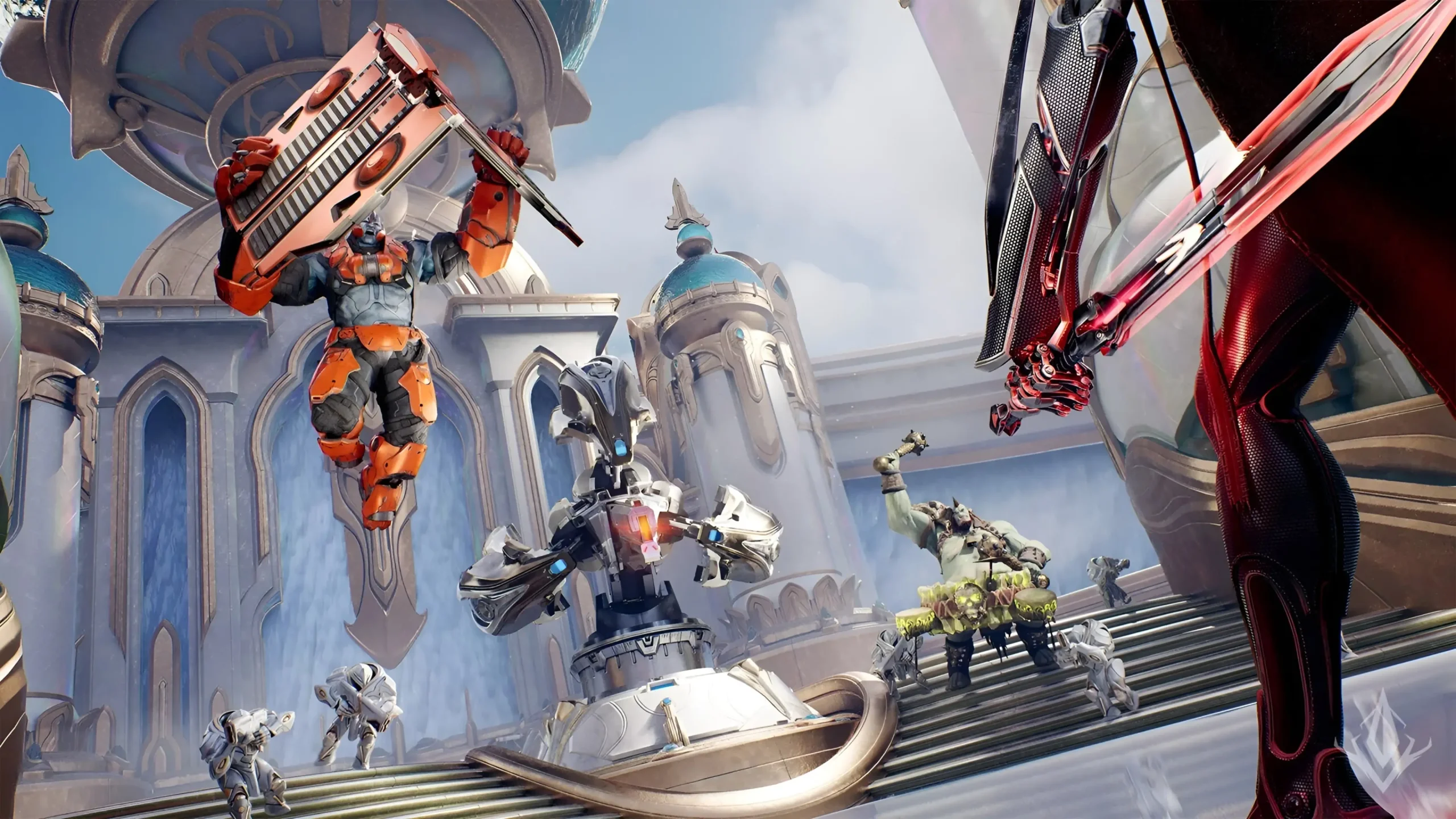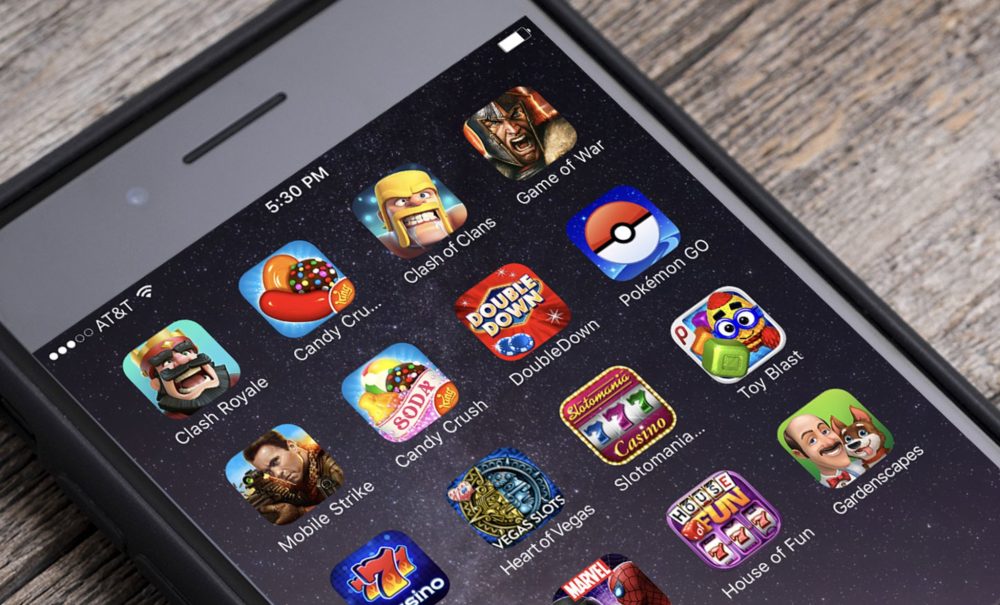Characters in Marvel Rivals are not just a collection of faces from comic book covers. Each one is a tool, a mechanism, a cog in a combat machine, where the precision of assembly determines the outcome of the match. Developers have infused the class and ability system with a potent mix of fan service, balance, and mechanics that have stood the test of time. There are no mediocre heroes – only profiles that require mastering, practice, and team synergy.
Classes in Marvel Rivals: primary roles
Developers strictly assign each character to one of the roles, forming a clear structure of combat interaction. Classes of heroes in Marvel Rivals create a tactical framework of battle – from frontline defense to cunning distracting maneuvers.

Defender: control and survival
Example – Captain America. His shield acts as cover, and his ability to absorb damage serves as armor for the whole team. Teamed up with a healer, he creates an impenetrable shield in front of the capture point.
Duelist: damage and mobility
Spider-Man – a classic of the genre. In close combat, he operates like a scalpel blade: precisely, quickly, without a chance for a response. He uses his web for control, movement, and finishing moves.
Support: healing and buffs
Doctor Strange uses artifacts not for style, but for the survival of teammates. He opens portals, restores health, and strengthens allies. Without support, the team falls apart in the first minutes.
Strategist: field control and decision-making
Scarlet Witch – a typical example. She doesn’t deal damage but changes the structure of the battle. She establishes control zones, applies debuffs, and introduces chaos into the enemy’s formation.
Marvel Rivals Characters: key heroes
The list is not exhaustive – developers promise massive updates. Below are the key figures of the current meta-table with descriptions of roles and abilities:
- Hulk (Defender). Gains bonus damage at low health. Uses “Thunderclap” to knock back enemies and “Rage” to temporarily boost armor.
- Captain America (Defender). Blocks damage with his shield, reflects attacks, and strengthens nearby allies. Becomes a mobile tank with control capabilities.
- Doctor Strange (Support). Creates shields, opens portals, slows down enemies with magic. Suitable for coordination and saving wounded allies.
- Thor (Duelist). Lightning, area damage, quick position changes through “Summon Mjolnir.” Shows top DPS performance against crowds.
- Venom (Duelist). Applies symbiotic grip, poisoning, health draining. Ideal for clearing flanks and pressuring from behind.
- Black Panther (Strategist). Sets traps, hides in shadows, deals critical damage to single targets. Works for reconnaissance and diversion.
- Black Widow (Strategist). Uses invisibility, mines, quick reload. Applies the “hit-and-run” tactic, distracts and wears down opponents.
- Spider-Man (Duelist). Controls space with webs, disrupts enemies, attacks from unconventional angles. Maximum mobility.
- Scarlet Witch (Strategist). Captures space with illusions, debuffs, mass auras. Best for breaking formations and disorganizing the enemy.
- Wolverine (Duelist). Uses health regeneration and close combat. Stronger in prolonged duels, finishes off survivors after mass attacks.
Each Marvel Rivals hero occupies a clear tactical niche and reveals their potential with the right role distribution in the team. The stability of the strategy and the outcome of each round depend on the precise choice of combat style.
Abilities of characters in Marvel Rivals: unlocking potential
Balance in Marvel Rivals is built on the ability to use abilities according to the situation. Equal damage numbers do not mean equal effectiveness.
Damage: not just numbers
Thor pierces through multiple enemies at once but is weak against fast flank attacks. Venom deals less damage per second but heals with each hit, surviving in duels. Black Panther annihilates enemies in one go if not caught under control.
Healing: critical synergy
Doctor Strange heals an area, Black Widow regenerates through kills, Wolverine – through passive regeneration. In team battles, survival depends not on who is stronger but on who lasts longer in battle.
How to play: tactical development under Marvel Rivals characters
Understanding a character’s mechanics is fundamental, but victory comes from skillful adaptation. Each hero requires not only knowledge of abilities but also a clear understanding of the team, map, and situation.
Individual style in the team
Wolverine with his regeneration and close-range attacks requires aggressive pressure. The best pairing is with Venom or Thor, who can break through the enemy defense first. Spider-Man captures heights, disrupts enemy lines, and creates space for Panther or Widow’s actions. Strategic classes focus on control rather than dealing damage. For example: Scarlet Witch disrupts enemy tactics instead of initiating them.
Maps as an influencing factor
The team-based shooter Marvel offers maps with verticality, cover, and capture points. In maps with narrow corridors, the “Defender + Support” combos often win. In open spaces, mobile duelists – Spider-Man, Thor, Wolverine – work more effectively. Panoramas with elevated points enhance the potential of characters with long-range damage and control.
Marvel Rivals hero guide: tips and guidance
Combat characters in Marvel Rivals require calculated choices, not blind selection. Strength is revealed not in damage but in skillful play with allies, the map, and the dynamics of battle. Experienced players do not rely on a hero’s strength – they count on synergy. A list of recommendations for unleashing characters in battle.
Top 5 tips for effectiveness:
- Learn ability timings – for example, Captain America’s block recharges in 8 seconds, while Thor’s Mjolnir summon requires 2.4 seconds of preparation.
- Do not overestimate damage – Black Panther needs stealth, not a frontal attack. Venom is effective only in close combat.
- Build your team – one Scarlet Witch won’t win the game, but paired with Black Widow, she completely neutralizes the enemy’s backline.
- Use the map as an ally – a hanging point, corridor, balcony – everything matters. Spider-Man and Strange are maximized with smart positioning.
- Adapt strategy during the battle – there are no universal solutions. Control works against mobile enemies, mass damage against armor.
A deep understanding of roles allows for precise battle formation and covering the team’s weak points. Only flexible tactics and clear cooperation unleash the full potential of each hero to the maximum.
Marvel Rivals Characters: the key to victory
The free Marvel shooter is not about shooting for frags. The game reveals its depth through a systematic approach. Characters realize themselves only with a full understanding of their role, the map, the team composition, and the enemy’s weaknesses. Balance is maintained, but only skillful utilization brings results.

The same Doctor Strange loses in a solo attack but wins with smart force deployment. Hulk creates pressure, but without support, he’s just a target. Black Widow disrupts the enemy’s economy but requires precision. Each character is like a chess piece, and the battle is like a game where every decision affects the outcome.
Conclusion
Characters in Marvel Rivals do not play the role of extras. Each one is a full-fledged element of strategy, a resource, and a tool without which the team loses balance. The choice of a hero determines not only the playstyle but also the likelihood of victory. Only a thoughtful selection, adaptation, and interaction reveal the full power of the team-based Marvel shooter.
 en
en  ru
ru  de
de  ar
ar  es
es  nl
nl  hi
hi  fr
fr  it
it  pt
pt  el
el 



